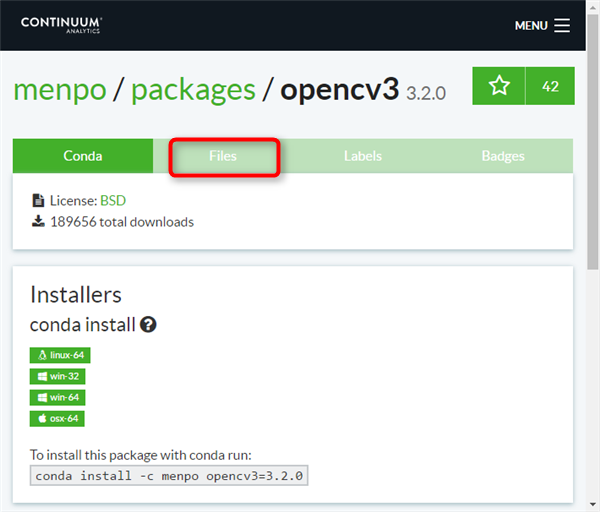

In order to use it, you need to install brew first, if you haven't already:įollow the on-screen instructions. Homebrew is a command-line package manager, which is similar to apt-get on popular Linux distributions. Then, run:įor an overview of the FFmpeg variants available through MacPorts look here. For the installation follow the MacPorts documentation. In order to use it, you need to install port first, if you haven't already. is a command-line package manager, which is similar to apt-get on popular Linux distributions. See the compilation section below for more info. However, the configuration options have to be set manually, and you will need to install third-party libraries yourself. configure with the needed flags, make and make install. Compiling on macOS is as easy as on any other *nix machine. Also, they may not contain all encoders or filters you want. One disadvantage with static builds is that updates have to be performed manually. This is as easy as extracting and running the downloaded binary. See the Homebrew section and the MacPorts section below for more info. These will automatically keep your FFmpeg installation up-to-date. Use a package manager like Homebrew or MacPorts to install ffmpeg.There are a few ways to get FFmpeg on macOS: Manual install of the dependencies without Homebrew.


 0 kommentar(er)
0 kommentar(er)
